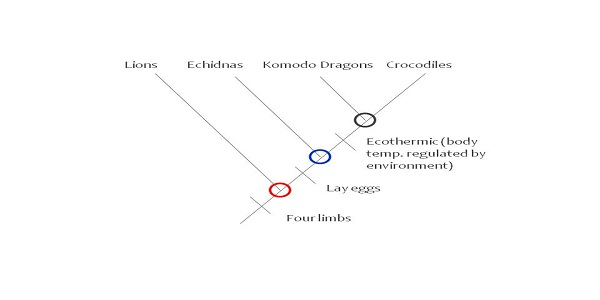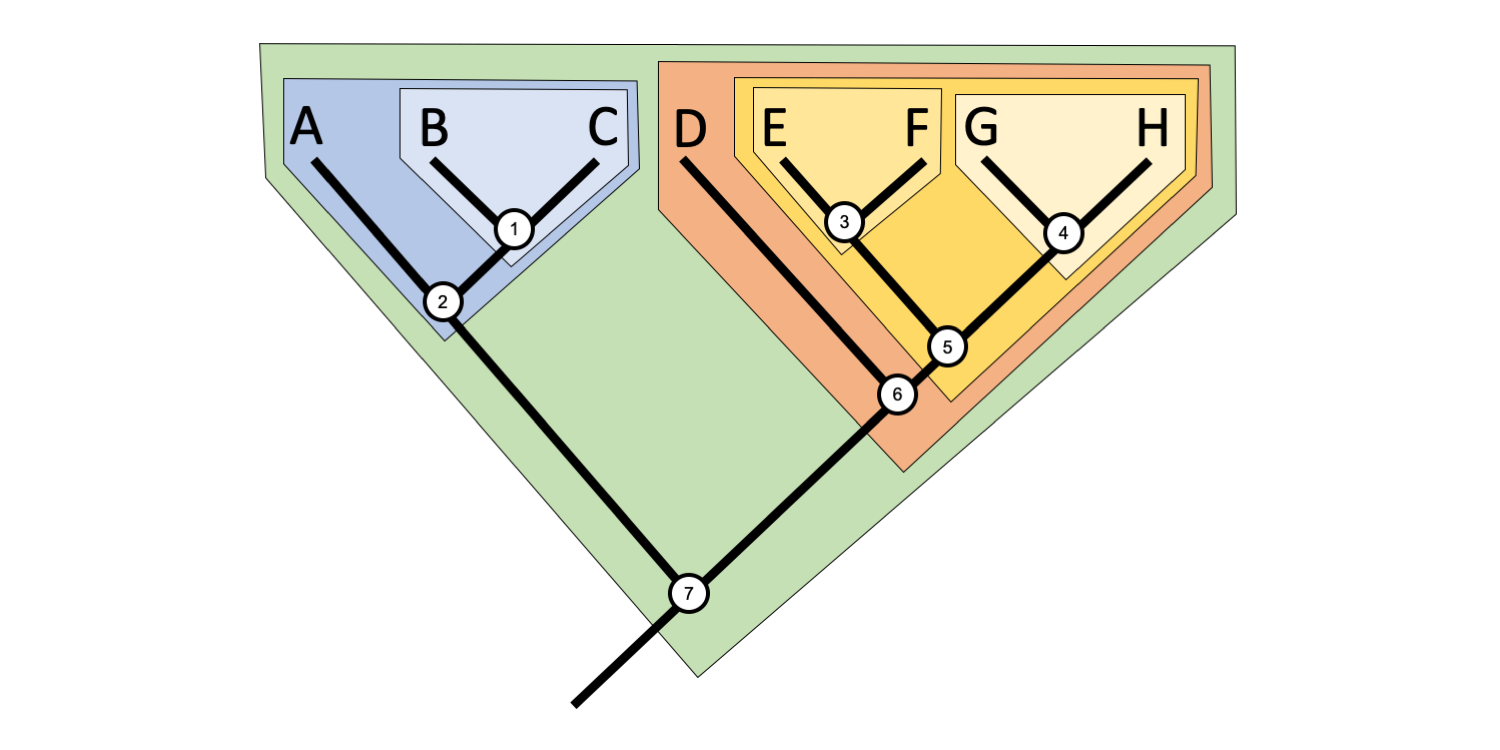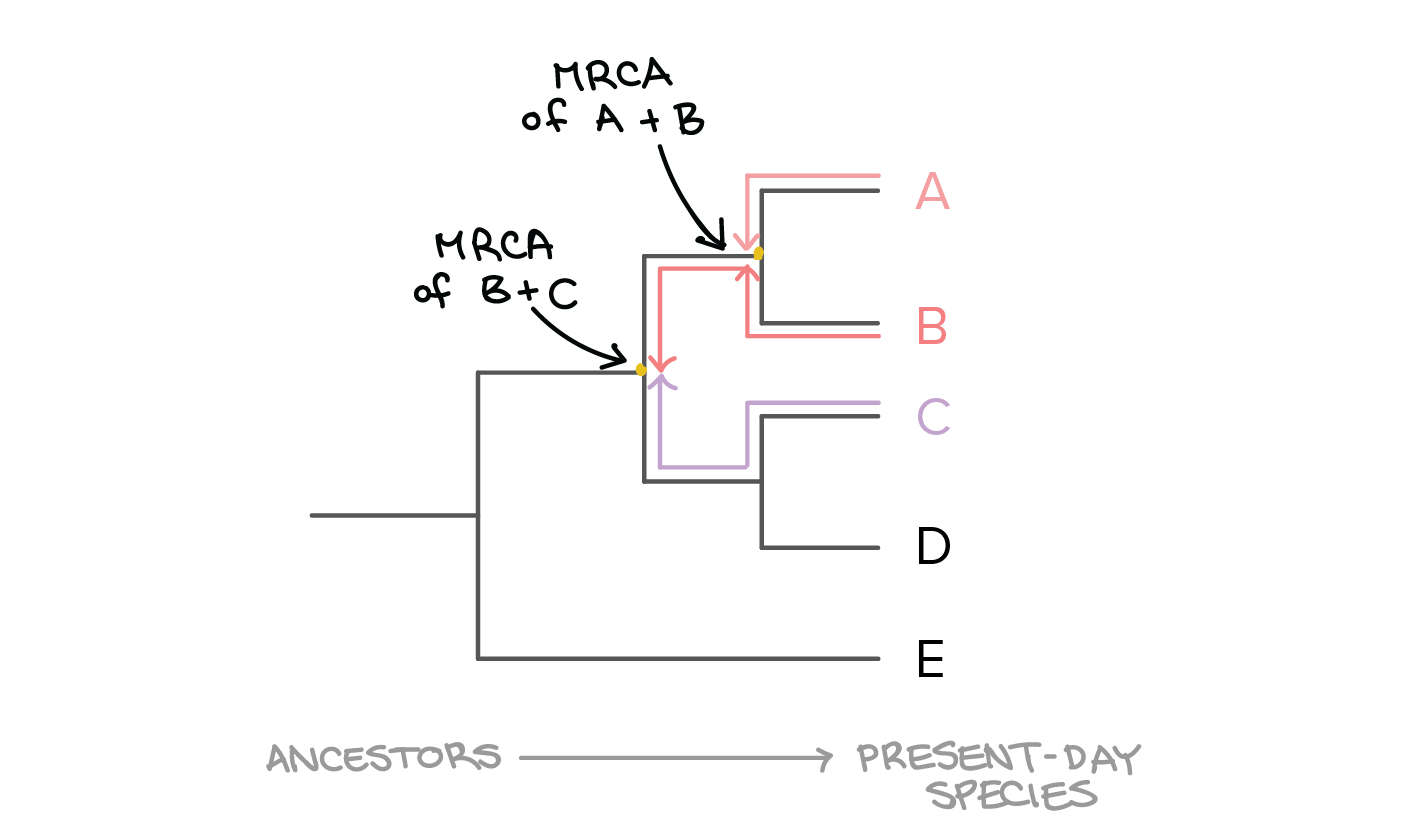What Is The Node Or Branch Point On A Cladogram? Exploring Evolutionary Connections
Cladistics Part 1: Constructing Cladograms
Keywords searched by users: What is the node or branch point on a cladogram how to read a cladogram, cladogram example, what is an outgroup in a cladogram, how to read cladogram closest relative, define cladogram and node., interpret a cladogram depicting primate species., identify members of clades given a cladogram., draw a cladogram to show the relationships between mammals birds and amphibians
Is A Node A Branch Point?
Is a node a branch point? To clarify, within the context of a tree structure, the term “branches” refers to the individual line segments that collectively form the overall structure of the tree. These branches converge or connect at specific junctures known as nodes. Nodes play a crucial role in depicting the evolutionary or hierarchical relationships within the tree. Each node represents a common ancestor shared by two or more terminal taxa, which are the endpoints or final tips of the branches. In essence, nodes serve as pivotal points where different lineages or evolutionary paths intersect, aiding in our understanding of the connections between various organisms or entities in the tree.
What Is Nodes Branch Points In Biology?
What are nodes and branch points in biology? In the field of biology, nodes are crucial elements located at the terminal points of branches within phylogenetic trees. These branches symbolize genetic sequences or conjectural sequences that denote distinct points along the course of evolutionary history. Essentially, nodes serve as pivotal markers that help scientists trace the ancestral relationships and evolutionary divergence of species or genetic lineages. By analyzing the positions of nodes and branch points within these trees, researchers can gain valuable insights into the evolutionary connections and timelines of different organisms or genetic sequences.
Details 12 What is the node or branch point on a cladogram







Categories: Discover 34 What Is The Node Or Branch Point On A Cladogram
See more here: tfvp.org

Cladograms are tree diagrams where each branch point represents the splitting of two new groups from a common ancestor. Each branch point (node) represents a speciation event by which distinct species are formed via divergent evolution.The branches are the line segments that make up the tree. Branches come together at branching points called nodes. Each nodes represents a common ancestor shared by two or more terminal taxa.Nodes are the points at the ends of branches which represent sequences or hypothetical sequences at various points in evolutionary history.
Learn more about the topic What is the node or branch point on a cladogram.
- Topic 5.4: Cladistics – amazing world of science with mr. green
- 2.1 Reading Trees – Digital Atlas of Ancient Life
- Nodes | Phylogenetics – EMBL-EBI
- What does a branch point in a phylogenetic tree represent?
- 5 nodes 9 loops 8 branches – +
- Branch Point — from Wolfram MathWorld
See more: blog https://tfvp.org/category/science